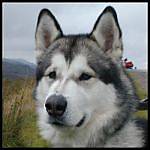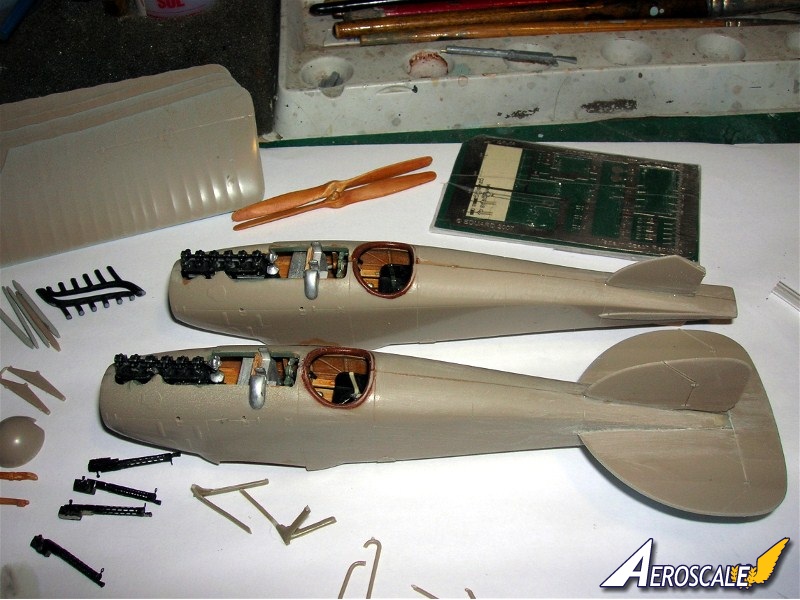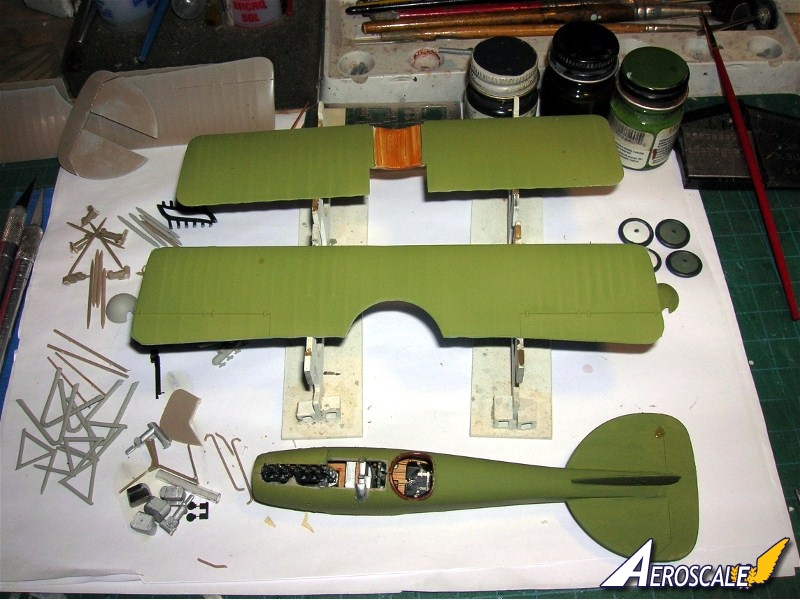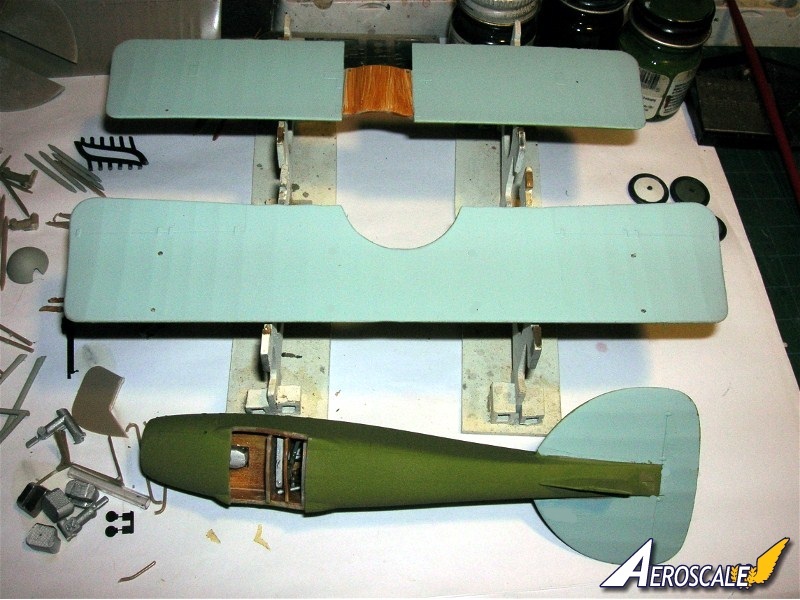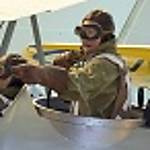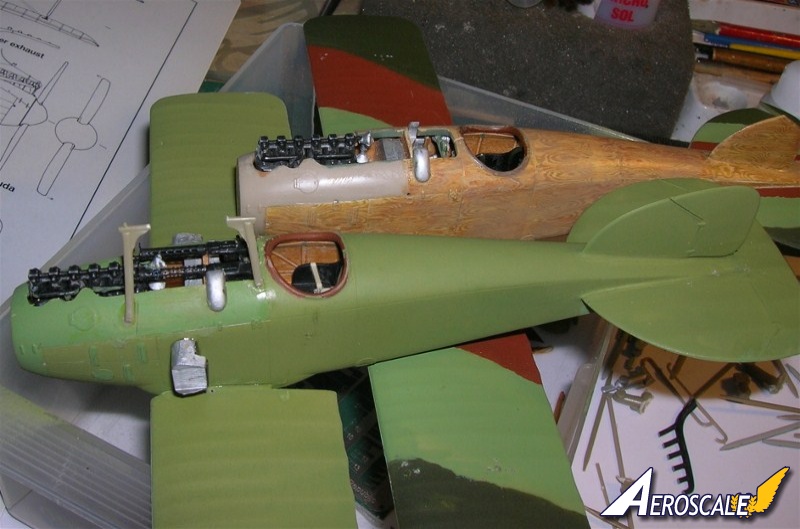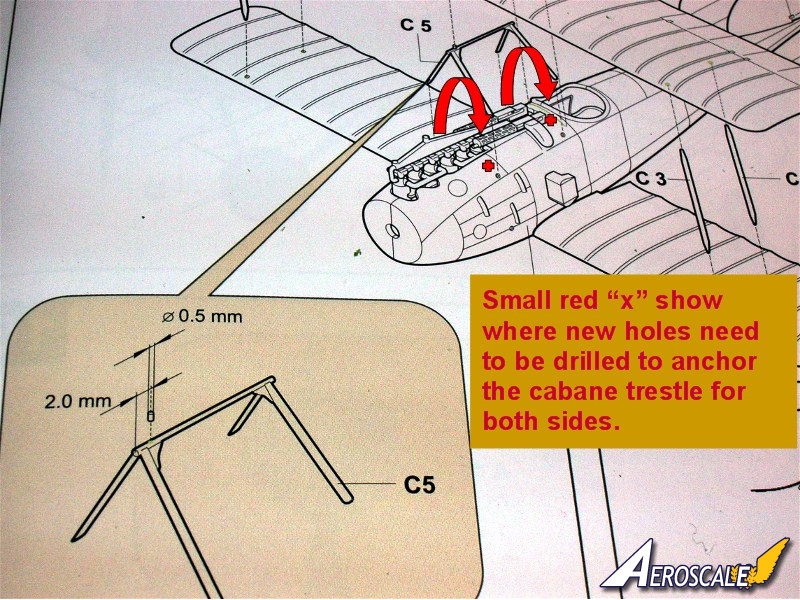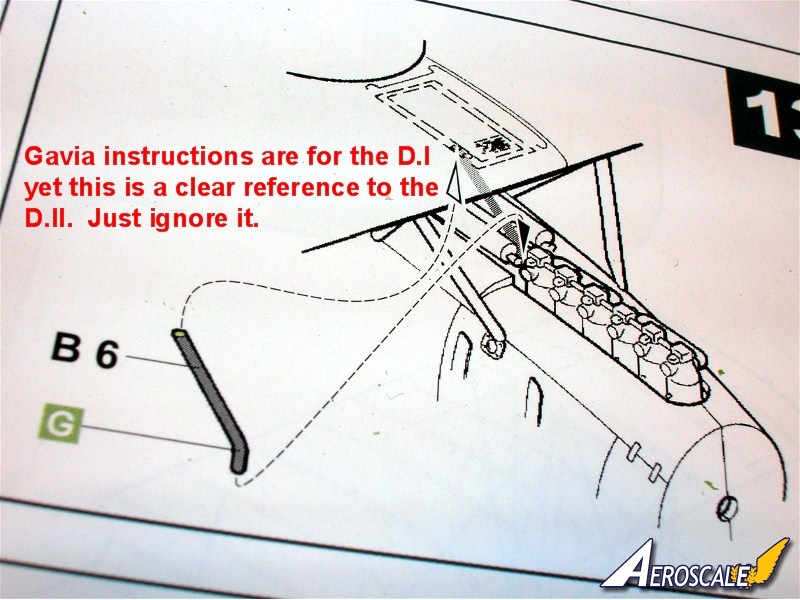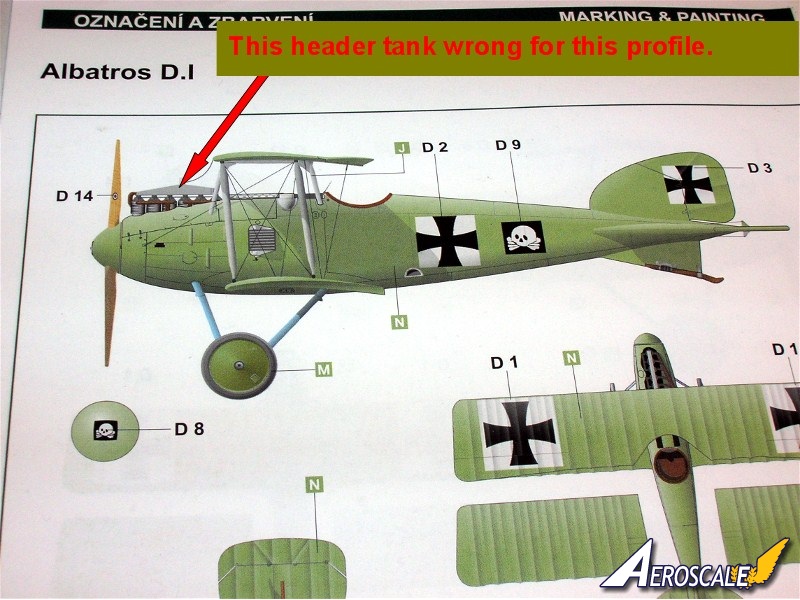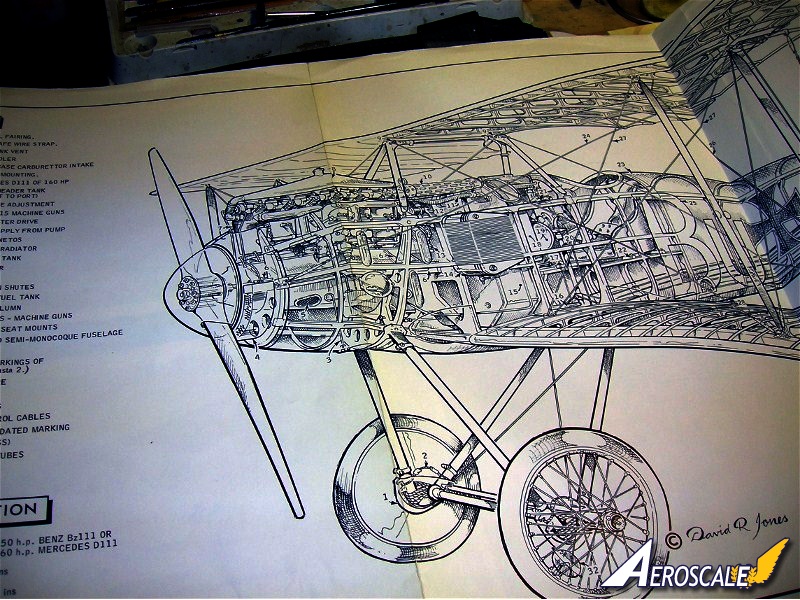
Prinz Friedrich Karl von Preußen. (ß symbol = ss in German, not capital B) Albatros D. I was brought down by Lt. Pickthorn of No 32 Sq RFC on March 21 1917. His Albatros D I shows a skull and crossed bones which he took from the insignia of the Leib-Husaren-Regiment. There is a well known photo of his captured machine , published in the Albatros Fighters, the Datafile Special, page 6.
The light green description of the Prince's D.I comes from the letters of Adolf von Tutschek, who had plenty of opportunity to see this machine up close. I quote from the 1918 edition of Tutschek's letters, "Sturme und Luftsiege":
"Es was am 21. Maerz, 1917...Als ich mich umblickte, sah ich ploetzlich von links seitwaerts ein fremdes Flugzeug auf uns zustreben. Ich erkannte es bald als den gruenen Albatros des Prinzen Friedrich Karl...Auf beide Seiten des Flugzeuges und auf die Propellerhaube hatte er als Abzeichen einen grossen Totenkopf malen lassen."
Rough translation: "As I glanced backward I suddenly spied a strange aircraft to the left, coming toward us. I quickly recognized the green Albatros of Prince Friedrich Karl...He had painted a large death's head on both sides on both sides of the fuselage and also on the propeller spinner."
The Totenkopf on the spinner is something that is not visible on any of the photos of this machine; obviously, it wouldn't have been recognizable during flight ! Personally I think the skull & crossbones was on a black square field on the fuselage, not red. It is shown as black in Imrie's "German Fighter Units 1914-1917". This black/white pattern would also be in keeping with the Prince of Prussia, after all, and also appropriate given its origin as a cap badge of the Leib-Husaren Regiment - I think this cap badge originally appeared on a black cap.
Also mentioned in von Tutschek's piece is that the aircraft was a Jasta 2 machine and not from KG.1. Prinz Friedrich Karl flew it when he went on sorties with Jasta 2. He was normally deputy commander of the Flieger Abteilung FA(A)258. At first this machine carried the initials "Co" and follow the early Jasta 2 marking practice of putting the first two letters of the pilot's last name on the fuselage. There are several photos of aircraft marked like this, the most well known being that of Günther with the "Gu" or Büttner with the "Bu" or Reiman's machine with the Re. This machine was first flown by Ltn. Dieter Colin and later passed on to the Prinz (as his personal "hack") when Jasta 2 began re-equipping with Albatros D.II aircraft.
Biography
Prince Friedrich Karl von Preußen was born in Schloss Klein-Glienicke, Potsdam/Berlin. He was the son of Prince Friedrich Leopold of Prussia (1865–1931) and Princess Louise Sophie of Schleswig-Holstein-Sonderburg-Augustenburg (1866–1952) and a grandson of Prince Frederick Charles of Prussia.
He was part of the German team, which was able to win a bronze medal in the equestrian team jumping event. His horse during the 1912 Olympic competition was "Gibson Boy".
He fought in World War I between 1914 and 1917. He was deputy commander of FA(A)258, but flew patrols in a single seat fighter with Jasta Boelcke whenever possible. During one such patrol on March 21, 1917 he was forced to land with a bullet in his engine and a slight wound to his foot. He landed his Albatros aircraft in no-man's land, but while running towards his own lines he was severely wounded in the back by Australian troops. He was taken POW where he died from his injuries on April 6, 1917 at Saint-Étienne-du-Rouvray. As a dying declaration he wrote a letter to his family saying that he was humanely treated in the hospital.
Prince Tassilo Wilhelm Humbert Leopold Friedrich Karl of Prussia








